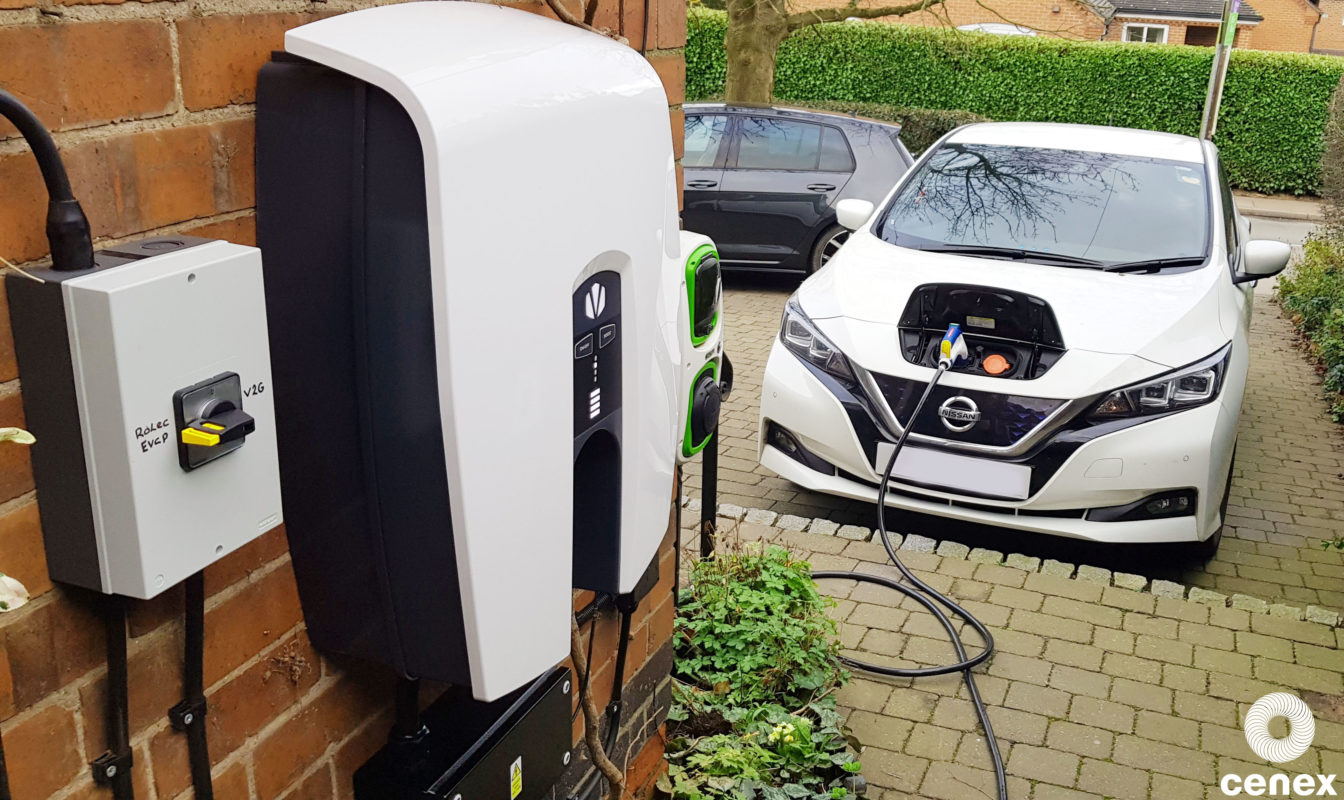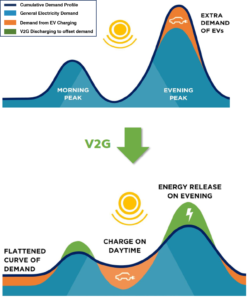
- Category:
- News
V2G: mitigating future winter blackouts
This is a winter of low wind and solar generation, combined with freezing temperatures, to such an extent that National Grid Electricity System Operator (ESO) put two coal power stations in the UK on stand-by to help manage demand.
As the threat of blackouts loom in the rarest of circumstances, other measures are implemented, including discounted bills for customers to shift electricity usage to outside peak hours.
With Vehicle-to-Grid (V2G) technology though, EVs have proven to support grid resilience and help reduce emissions when they are parked and plugged-in.
Instead of switching on fossil fuels or installing expensive local storage, EV batteries could be charged when electricity is plentiful during the day and exported back to the grid, or used to power appliances in the home, during peak demand when people get home from work, turn on the heating and start cooking dinner.
This would reduce carbon intensity as well as providing system balancing, especially if EVs are charged when renewable energy generation is highest, and customers can earn money back in the process.
Chris Cox, Head of Energy Systems and Infrastructure, crunched some numbers and calculated that if all existing EV’s could perform V2G, then there is potentially 3.7 GW of flexible power in EVs which could be used to reduce national demand by around 8%.
“Just imagine what that would mean for everyone’s energy bills this winter!”
The EV-elocity project, led by Cenex until it finished earlier this year, deployed V2G chargers in a range of locations across England as part of large-scale trials to gain technical, customer and commercial insights on the emerging technology.
It found that, by careful managing the charging and discharging in some situations, up to 450 kg of emitted carbon dioxide (CO2) or £400 could be saved per vehicle each year (with current electricity prices, this value has increased significantly).
Cenex also identified Resilience, providing power in periods of outages, as one of the five key value propositions of V2G following research in 2020.
The big barrier, though, is that V2G technology is still in its early phases of development and is only likely to achieve commercial readiness and mass rollout in the UK between 2030 and 2035 – due largely to EV manufacturers not supporting V2G for existing models.
Until then, those involved in the trials and demonstrations will continue to validate the benefits so manufacturers and users can have full confidence in the technology and its impacts on the grid and society.
Read more: An Introduction to Vehicle-to-Grid Charging for Electric Vehicles
